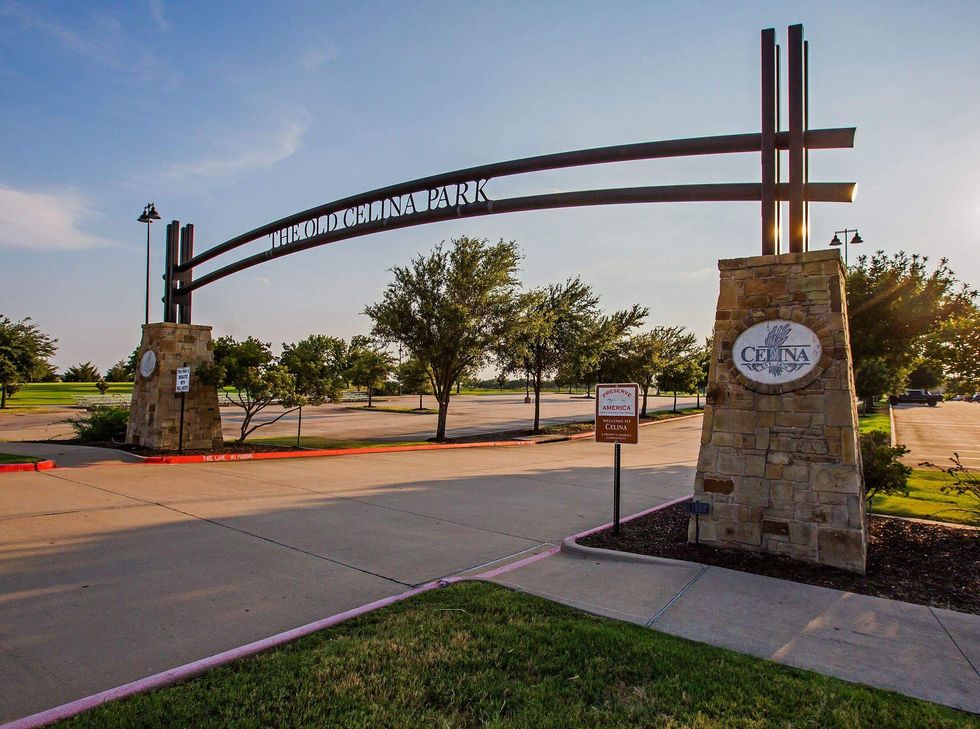Rent Report
Looking back at Dallas' rent prices in 2018 — and what to expect

While Dallas boasts more expensive rents than neighboring Fort Worth, analysis shows it's still a relatively affordable Texas rental market. So, what's really happening with Dallas rent prices this year — and what should local renters expect as 2018 comes to a close?
Before we get into this year’s Dallas rent levels, let’s look at the long-term picture. For purposes of comparison, this year’s October Dallas median one-bedroom rent posted at $1,050, and two-bedroom units cost an average of $1,325.
In 2015, Dallas one-bedroom rentals were just over $1,000, and two-bedroom units were around $1,100. Over the years, the one-bedroom gain has been anemic, while two-bedroom units have increased at a slightly higher rate.
2018 Dallas rent trends are like the Cowboys on a bad day: flat. In fact, one-bedroom apartments have increased a measly 1 percent from January to October. Two-bedroom apartments have seen an increase of 2 percent — double the one-bedroom units, but still seriously affordable.
Neighborhoods like Wright Farms, South Oak, and Kleberg are great choices for the budget-conscious, as a one-bedroom unit can be leased for just under $700 per month. If you want to live in Deep Ellum or Oak Lawn, however, that one-bedroom place can cost more than $1,550.
It's worth noting that Houston and Austin boast more expensive apartment rentals than Dallas. Fort Worth is a little less expensive, at a $1,030 average for a one-bedroom place, and El Paso’s average one-bedroom unit is very affordable at a low average of $737.
What’s next?
It’s easy to say that rents will stay flat for the remainder of 2018, but we see some red flags on the horizon. Interest rates are rising, with the national average mortgage rate getting close the magic 5 percent mark. Historically, mortgages over 5 percent cause some buyers to rethink homeownership and reconsider renting. If this happens sooner than later — and the Fed has shown no signs of abating its general upward interest rate hike trend — this can put serious pressure on rents.
The oil factor
While Dallas is not in West Texas, oil is still a major Texas economic mover. If oil prices continue to rise, more oil workers will be needed, and all of Texas will benefit from oil’s trickle-down effect. Population growth equals housing demand, and greater housing demand equals higher rents.
With possible inflationary pressures, a rise in oil prices, and a home mortgage rate climbing, look for one- and two-bedroom apartment prices in Dallas to continue to increase, and possibly increase at a higher rate, in quarter four 2018.

 Coppell was ranked the third-best place to live in Texas for 2025. City of Coppell, TX Municipal Government/Facebook
Coppell was ranked the third-best place to live in Texas for 2025. City of Coppell, TX Municipal Government/Facebook  Frisco is the most-affordable, fastest-growing city in the country. Photo by Roger Robinson/Visit Frisco
Frisco is the most-affordable, fastest-growing city in the country. Photo by Roger Robinson/Visit Frisco  Celina is the No. 2 fastest-growing wealthy 'burb in America. Photo courtesy of celina-tx.gov
Celina is the No. 2 fastest-growing wealthy 'burb in America. Photo courtesy of celina-tx.gov